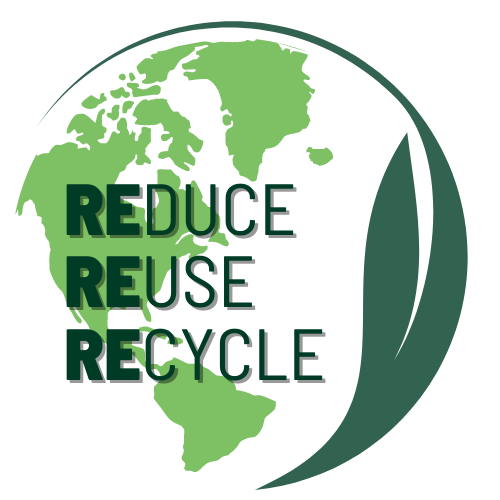Owen R. O’Shea, Mark Hamann, Walter Smith, Heidi Taylor, Predictable
pollution: An assessment of weather balloons and associated impacts on
the marine environment – An example for the Great Barrier Reef,
Australia, Marine Pollution Bulletin, Available online 13 January 2014,
ISSN 0025-326X, http://dx.doi.org/10.1016/j.marpolbul.2013.12.047.
(http://www.sciencedirect.com/science/article/pii/S0025326X13007959)
Abstract: Efforts to curb pollution in the marine environment are
covered by national and international legislation, yet weather balloons
are released into the environment with no salvage agenda. Here, we
assess impacts associated with weather balloons in the Great Barrier
Reef World Heritage Area (GBRWHA). We use modeling to assess the
probability of ocean endpoints for released weather balloons and predict
pathways post-release. In addition, we use 21 months of data from beach
cleanup events to validate our results and assess the abundance and
frequency of weather balloon fragments in the GBRWHA. We found between
65% and 70% of balloons land in the ocean and ocean currents largely
determine final endpoints. Beach cleanup data revealed 2460 weather
balloon fragments were recovered from 24 sites within the GBRWHA. This
is the first attempt to quantify this problem and these data will add
support to a much-needed mitigation strategy for weather balloon waste.
Keywords: Beach cleaning; Dispersal modeling; Latex; Pollution; Marine
debris




